Over a seven year period, 164,000 people in Mexico fell victim to homicide. Mexican authorities and American databases dispute just how many of these homicides are directly related to the drug trade in Mexico or cartel activity, but it is with almost absolute certainty that as of April 2015, approximately 55 per cent of these murders are cartel or organized crime related.
Mexico has long been a tourist hotspot, one of the most visited countries in the world. From the 1970s to current times, millions flock to coastal cities like Cancún, Tulum, Playa Del Carmen and Cabo San Lucas to enjoy relaxing beach vacations. Who could blame them? The country proves to have beautiful landscapes across the entirety of the country, world famous nightlife and astounding beaches. Yet, not all are aware of the political state of the country.
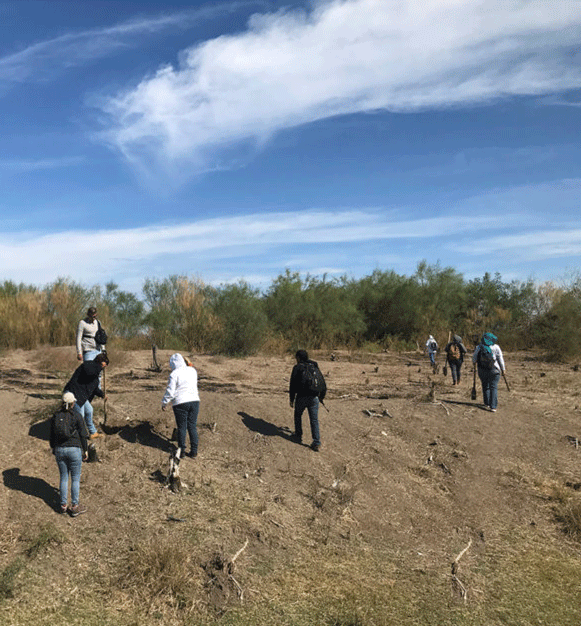
Surpassing the number of civilian deaths or homicides in Iraq and Afghanistan, combined at 103,000 – which both remain two countries that have been labelled as notoriously dangerous – Mexico tops the statistical list among these three nations as one of the most dangerous places on Earth in terms of crime and homicide rates.
Although Mexico may be seen as a paradise by many tourists, the startling crime statistics have planted fear among locals.
One artist is aiming to shed light on the struggles that Mexicans face on daily basis, highlighting the ever-present danger and fear of violence at the hands of police and drug cartels.
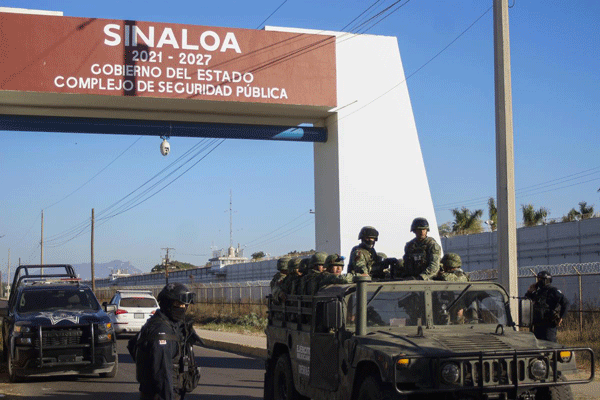
Luz María Sanchez, a transdisciplinary artist explores the political sphere of violence and various power relations in Mexico through the use of multimedia constructs. Trained as a musician with a thorough background in radio and broadcasting, Sanchez utilizes sound installations to highlight the need for the Mexican government and other various worldwide governing bodies to ensure that the United Nations Sustainable Development Goals for Good Health and Well-Being and Peace, Justice and Strong Institutions are met.
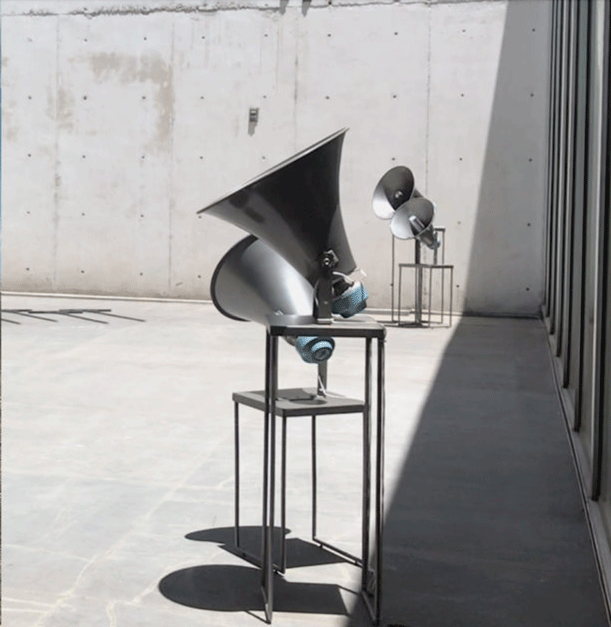
Sanchez’s ongoing research project entitled Vis. [un]necessary force, featured in exhibitions across Mexico and Europe, wraps viewers in a sonic experience that addresses the “unnecessary force” and daily acts of violence that affect a far too large number of Mexicans.
V.[u]nf_4, the latest in Sanchez’s series of “unnecessary force” sound pieces, immerses visitors in the exhibition in a full sensory experience, in which visitors are transported to the middle of the scorching Mexican desert. Set up in rather barren gallery spaces – some with only stationary megaphones surrounded by walls of cement and others empty spaces filled only with replica guns – visitors are prompted with the choice of which sound piece they would like to hear within that particular space. Yet every choice, although varying in specific manners, includes the distinct sound of footsteps crunching through the desert accompanied by loud metallic clangs of shovels striking dirt.
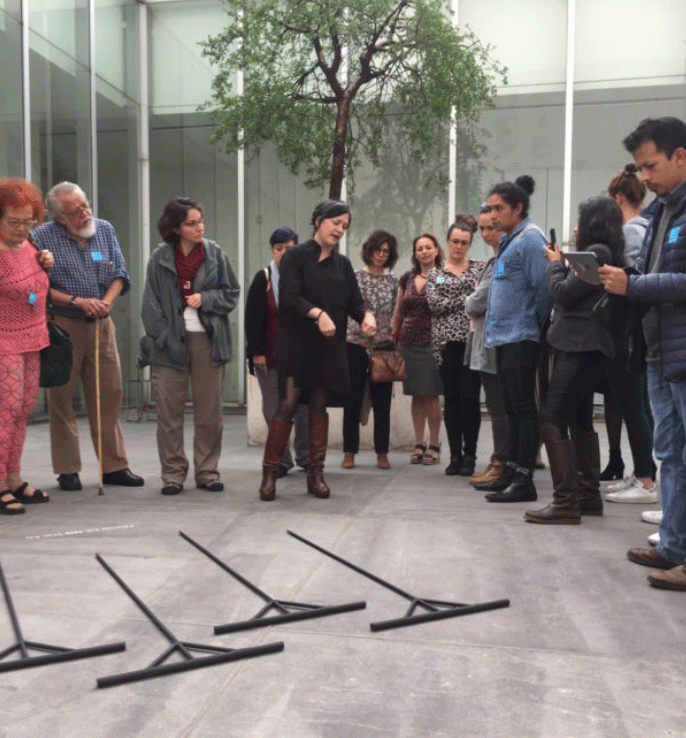
Extreme levels of violence, in almost every form, are something that many sitting in their homes reading this cannot imagine experiencing firsthand. It is something that perhaps some cannot ever imagine occurring in the same vicinity when vacationing in Mexico’s most luxurious beach resorts and it seems that Sanchez understands that this is in fact the case for many that have never resided in a location with severe levels of violence.
In a very intentional manner, Sanchez avoids bombarding visitors with particularly violent sound pieces with yelling or the sound of machine guns firing. Rather, she draws on something much more harrowing. Yet, something very humane at the same time – the sounds of Mexican women working together in the middle of the Northern Sinaloa state, searching for the corpses of missing family or friends who have been taken away either by Mexican police forces or by cartels.
Since 1964, approximately 61,637 people have disappeared or been reported missing in Mexico. The most notorious case was the 2014 kidnapping of 43 students from Ayotzinapa, who were attacked and kidnapped by Mexican police officers entangled in local gangs and cartels. Sanchez plays directly into these statistics and cases that plague Mexico, using them to exhibit the nightmarish life that so many Mexicans face.
Using recorded sounds of women searching for the “clandestine graves'' of missing loved ones, Sanchez wishes to completely engulf the senses and force the body to feel every exact thing that these women feel during their seemingly endless searches. Hearing the crunch of dirt under shoes, the desperation in some women’s voices and the deafening silence when a tool clangs against what may be human remains, Sanchez is not “calling to your brain to understand the dimension of the tragedy – but calling to your heart,” calling to some sort of empathy that has been lacking for Mexicans. Sanchez is seemingly calling on visitors to experience a sensation or feeling that takes them beyond grief or sadness, something that exposes the utter darkness of being alone searching for something that may never be found, all with nearly zero support from the government or any other international group.
Most of us may not know what it sounds like to search for a lost loved one and hopefully most never will, yet these sounds remain all too familiar to those in Mexico. Visitors of the exhibit hailing from different parts of the country are so familiar with the sounds of violence, that they would explain to Sanchez that the sounds of searching are different in the state of Coahuila than the sounds of Sinaloa.
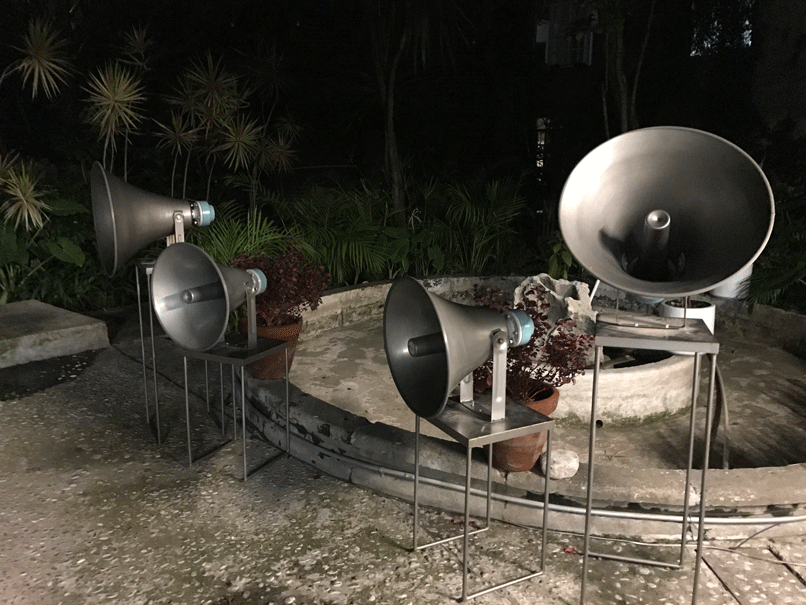
No stranger to violence and lost loved ones herself – Sanchez’s father was killed in their own home when she was just 11. She hopes that in transporting visitors to landscapes inundated with despair, desperation and quiet violence, tourists who find Mexico to be a dream vacation spot or governments who ignore problems of violence in Mexico, will find it within their hearts to develop some level of empathy for the people of Mexico. No matter how many times we shake our own fears of violence by saying, “not me, this is not going to happen to me,” the people of Mexico do not share the same luxury.
Information on Luz María Sanchez’s Vis. [un]necessary force and other artworks and exhibitions are available on her website.
